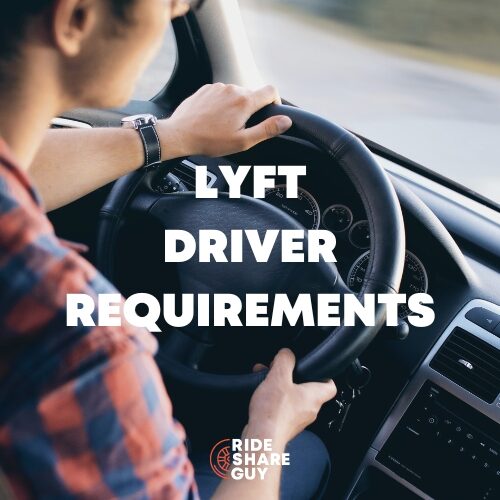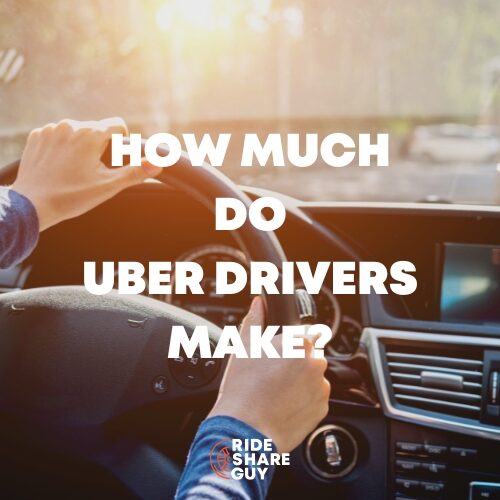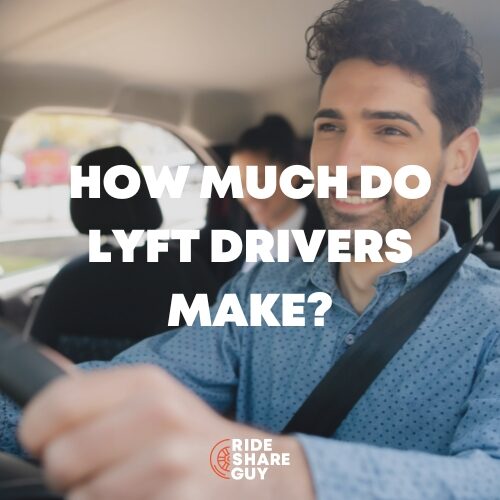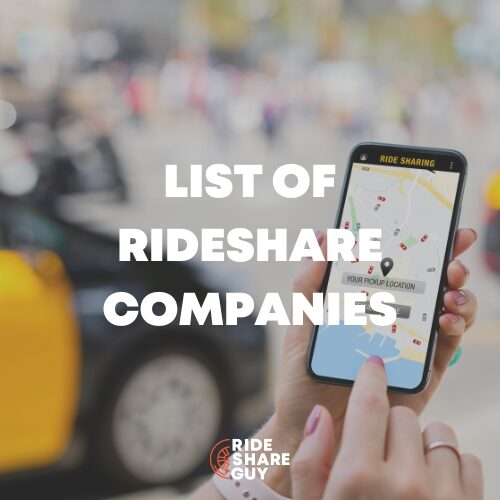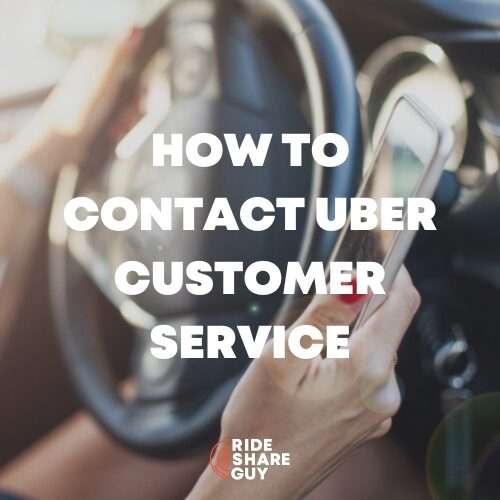When we first asked this question back in 2016, most of the mobile carriers that existed back then offered a variety of data plans that forced you to choose a plan based on how much data you thought you would use each month. Once you made your ‘best guess’ and signed up for your cell phone data plan, you had to just cross your fingers and hope you were right and didn’t go over your monthly allowance.
If your guess was wrong, your cellphone carrier would hit you with a hefty overage fee, and you learned not to make that mistake ever again.
Today, most mobile carriers offer unlimited data plans, so you no longer have to worry about paying more if you go over your limit. Since most drivers are on this type of plan, it made us wonder—does it matter anymore how much data our rideshare/delivery apps use? Let’s take a look.
Data Usage While Ridesharing or Making Delivers: The Numbers
Even though a lot of the rideshare/delivery apps have gotten more advanced, we found the amount of data they use each month hasn’t really changed all that much, or at least it hasn’t over the last couple of years. Uber Eats states that the typical driver app usage on a cell phone (they use the term ‘personal device,’ which also encompasses the use of a tablet, iPad, etc.) is unlikely to exceed 3 GB of data each month.
This is about the same amount drivers said they used about two years ago. Drivers who used DoorDash reported about the same as well. They also mentioned they notice too much of a chance if they added in an additional app (like a GPS or Pandora). They were still using only about 3 to 4 GB a month while working a forty or even fifty-hour week.
Interestingly, if you go a little further back to 2016, when we last did a report on this, you’ll find that drivers using a rideshare/delivery app, plus an additional app, were using about 2.2 GB a month.
This means the apps use slightly more data than they did eight years ago, but not much. Since most drivers now have unlimited data, you might think the amount of data you use is no longer an issue, but there are still some things about data usage you should know about.
Data Usage Problems You May Encounter
Throttling
The promises of ‘Unlimited Data’ may mean you don’t have to pay money for using a lot of data on your cell phone, but it doesn’t mean there’s no penalty at all for doing it. You may find a few surprises you didn’t know about if you read through all that tiny print written in your service contract.
One of these surprises is that your unlimited data plan may have a speed cap that limits your data speed. This speed cap is known as throttling. It means that after you have gone through what your carrier considers a reasonable amount of data, they will slow down your data speed. If you’ve noticed your apps are slow to respond or aren’t running as well as you think they should after you’ve been using them a lot, this is probably the reason.
Your Prepaid Cell Phone Makes You Become a Low Priority
When you’re in a high-traffic network area, and a lot of cell phone users are all sharing the same cell phone tower with you, mobile carriers will prioritize the data on their network. While everyone sharing the cell phone tower will have slower speeds, users who have higher-priced data plans will have first priority for receiving data while those with starter or pre-paid plans will become a lower priority.
What this means is that if you are using a cell phone with a prepaid plan and you’re trying to use a rideshare/delivery app in a congested area, you will have slower data speeds than drivers who have higher-priced plans.
Shorter Cell Phone Battery Life
When we did an unofficial poll in the Rideshare Guy Facebook page, we discovered that while most drivers don’t worry about going over their minutes anymore because they have an unlimited data plan, some mentioned they do have issues with keeping their phones charged whenever they use their rideshare/delivery apps, particularly when they also have other apps open at the same time.
We found that besides using their own GPS, many drivers like to listen to music or podcasts while driving, and if you are toggling back and forth between apps like DoorDash and Uber Eats, it can drain your battery even faster.
Ways to Make Your Cell Phone Battery Life Last Longer:
| Adjust the screen brightness. Bright screens may help you see better, but they really suck the life out of your battery. You can also save some by turning off the auto-brightness and just sticking to one brightness level instead of letting your phone decide for you. Change the setting for when your phone screen goes to sleep. The longer your screen stays lit up, the more battery life it uses. Set the screen time-out period to a shorter time, and it will use less of your battery. Put unused apps to sleep. Many apps continue to linger in the background, even when they are not in use. By making them go to sleep, they won’t waste your battery life, but are still there to use when you need them. Change tracking to “only use while in use.” This won’t work for your rideshare/delivery apps because you need them to know where you are while you’re working, but there are other apps that sometimes track where you are, and you may not even know it. For example, money-saving apps like Rakuten and RetailMeNot will track your location so they can alert you about nearby deals. If you want one less thing running in the background, change the settings so these apps will only keep up with where you are while using them. |
Final Thoughts
Rideshare/delivery apps typically use around 3 to 4 GB of data each month. As long as you have an unlimited data plan, you really don’t have to worry about how much you use anymore, other than knowing that using these apps and other apps at the same time may shorten your battery life.
Do you still keep up with your data? Leave us a comment below.
-Kate @ RSG
Save
Save
